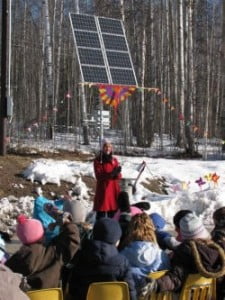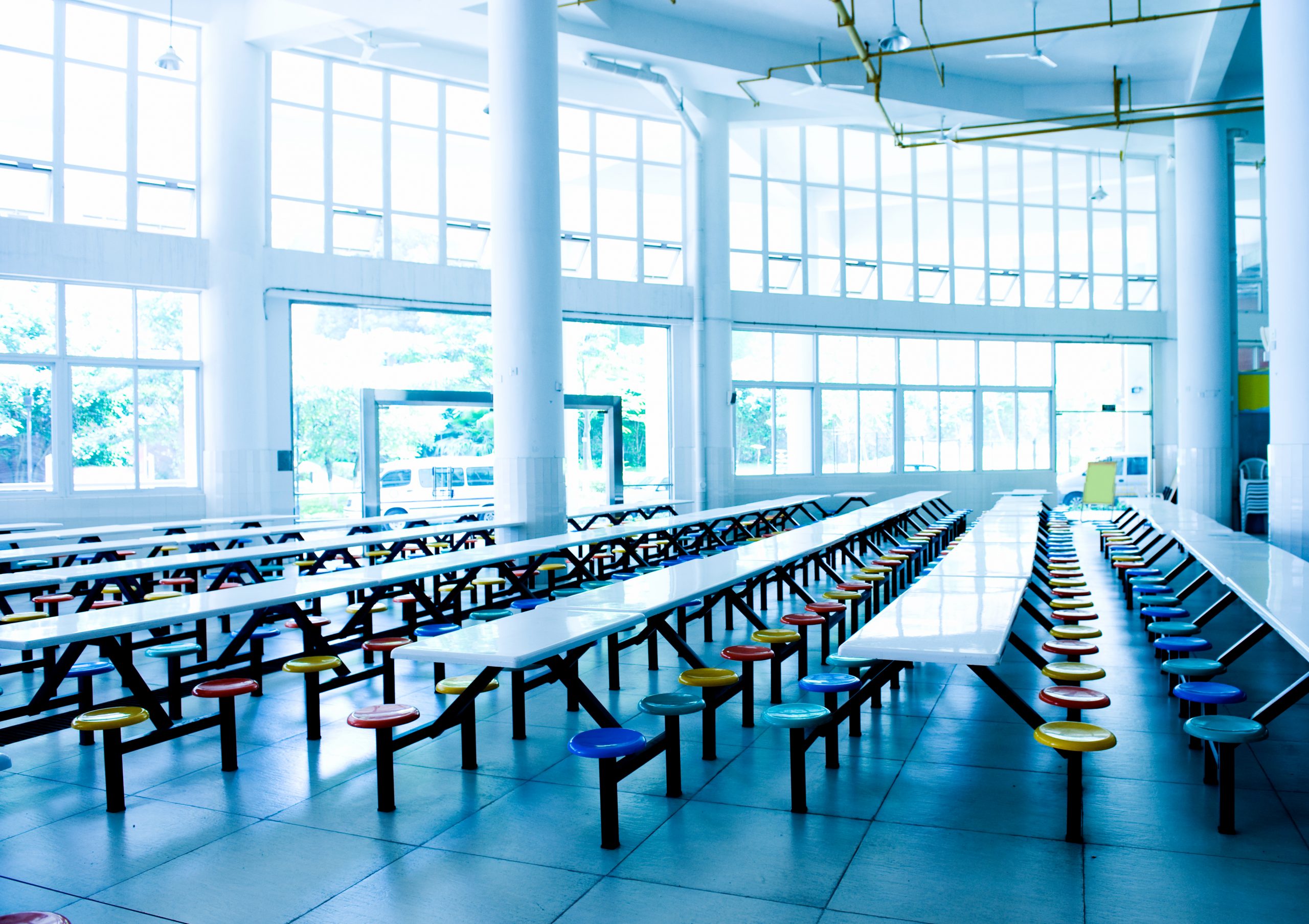School represents opportunity. For students, schools offer the opportunity to gain the knowledge and skills necessary for becoming intelligent, contributing, productive members of society. For teachers and staff, schools offer gainful, rewarding employment. For education districts and communities, schools offer ample opportunities to benefit from enhanced energy efficiency, solar energy, and increased comfort. In other words, energy-efficient schools are a golden opportunity to save money, improve educational outcomes and strengthen ties within communities.
Saves Money
Energy costs rank second only to salaries in many school district budgets, and it is one of the few line items that can be reduced. According to the US Department of Energy, school buildings can save between 65% and 80% of the energy they currently use. The US Environmental Protection Agency estimates that schools could save $2 billion or 25% of their operating budgets by improving efficiency. That’s money we can spend on teachers and books.
No Additional Construction Cost
The secret to low-cost, high-performance building is thoughtful design and careful construction. Site design and building orientation reduce unwanted heat gain in summer and captures free solar heat in winter. Daylighting can slash lighting costs, especially since schools are used primarily during daylight hours. Extra insulation, better air sealing and other improvements to the thermal envelope reduce heating and cooling loads and allow downsizing of heating, ventilating and air-conditioning (HVAC) systems. In the Durant Road Middle School in North Carolina, this approach led to a $115,000 savings in construction costs and to 30% lower energy use than typical schools, proving that good design costs no more than bad design.
Improves Student Performance
Daylighting – a key design element of energy-efficient schools – improves educational outcomes. Greater acoustic comfort results from more insulation, better windows and fewer air gaps in the building shell so students have fewer distractions and can concentrate better. Improved air quality, an essential companion to energy efficiency, also improves the health of students and staff. Studies demonstrate that better work environments are associated with higher performance levels.
Supports Real-World Instruction
 Schools are living laboratories for society. Buildings with solar panels generally show performance information on video displays or websites. Building features and performance can be integrated into the curriculum to support direct and dynamic learning. Students, staff and communities all learn through this example.
Schools are living laboratories for society. Buildings with solar panels generally show performance information on video displays or websites. Building features and performance can be integrated into the curriculum to support direct and dynamic learning. Students, staff and communities all learn through this example.
Builds Community Ties
Schools are the cultural centers of many communities, particularly rural ones. They offer an opportunity to shape the habits of each new generation as well as their parents and grandparents. Every school play, concert and sporting event can be a subtle, yet powerful, example of high-performance building principles and their many benefits to both the building’s occupants and our world.
Prime Solar Sites
Most schools have ample roof space for mounting solar collectors. Many campuses are large open spaces. Opportunities abound for mounting solar panels on roofs, sports facilities and parking lots.
Creates Jobs
Hundreds of new schools are built each year, making this a dynamic sector full of opportunity. While it’s unfortunate that many older buildings are retired, building new schools provides good-paying jobs. Using more sophisticated construction techniques and equipment keeps skills sharp and drives innovation. The EPA estimates that 60% of efficiency-improvement costs go to labor and half of all equipment is purchased from local suppliers.
Budget Barriers
Unfortunately, saving money may not be as easy as it sounds. School districts, like many other public agencies, can penalize those who cut costs by cutting their budgets. This “use it or lose it” mentality stifles innovation. The issue can be addressed through funding mechanisms dedicated to energy efficiency and renewable energy improvements. Another option is engaging an energy performance contractor (EPC) to install and finance energy improvements in return for the lion’s share of savings. While EPCs smooth out up-front financing, they also redirect cash flow that could be used to finance further improvements. Solar installations can be directly owned and self financed or they can be owned by a third party. To optimize savings, districts should consider self-financing energy improvements when possible.
A New School Paradigm
Schools around the country tend to follow similar design and construction patterns. School districts have successfully inserted zero energy features into their development programs, which can then be replicated by other districts. In fact, energy efficient schools are gaining traction around the country.
For example, Turkey Foot Elementary School in Kentucky employed off-the-shelf approaches to cut energy use in half. Measures taken included adding more insulation, reducing glazing, increasing daylighting, installing efficient heating and cooling, and improved kitchen equipment. To better control energy use, the school also utilizes energy monitoring. Officials in California recently recognized nine Zero Net Energy Leadership Awards for energy efficient schools.There are several high-performance schools in Wake County, North Carolina. And there are hundreds of other energy-efficient schools, including many that go all the way to zero energy use.
Technical Support Available
The US Department of Energy is promoting efficient schools with it’s Zero Energy Schools Accelerator (one of several Better Building Accelerators for commercial buildings). Schools receive technical support to better mesh design and construction efforts with educational needs. This includes access to lessons learned in schools and other buildings across the US EPA’s Energy Efficiency Programs in K-12 Schools, offering valuable guidance for anyone pursuing this topic.


One thought on “Schools Should Buy Books not Energy”